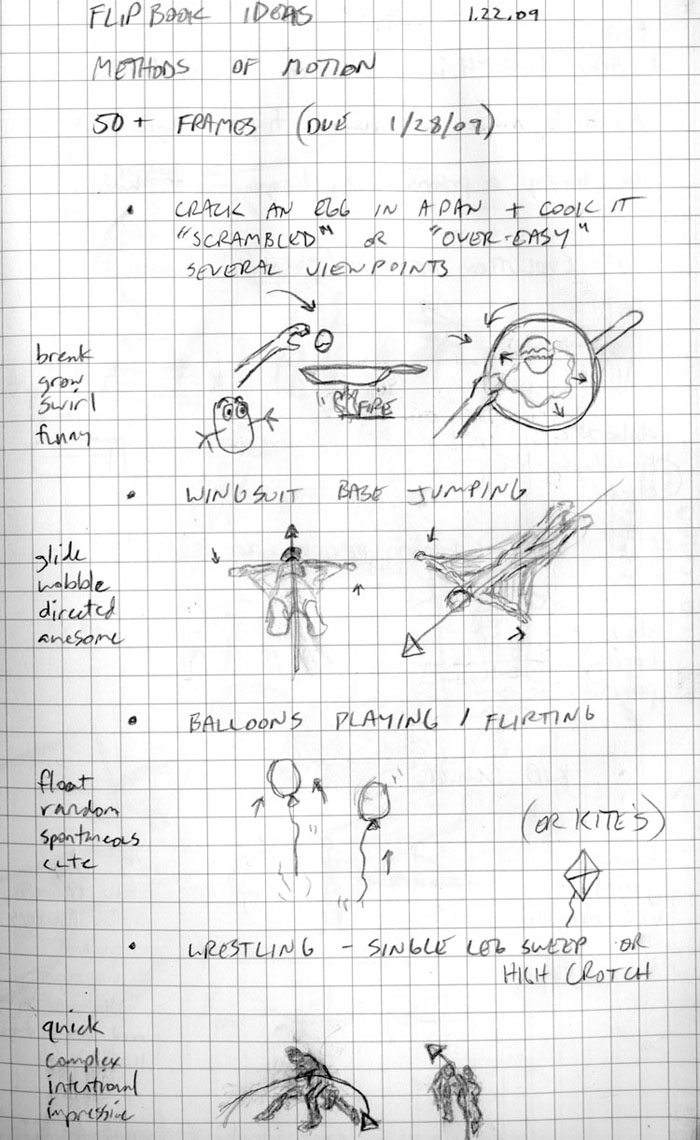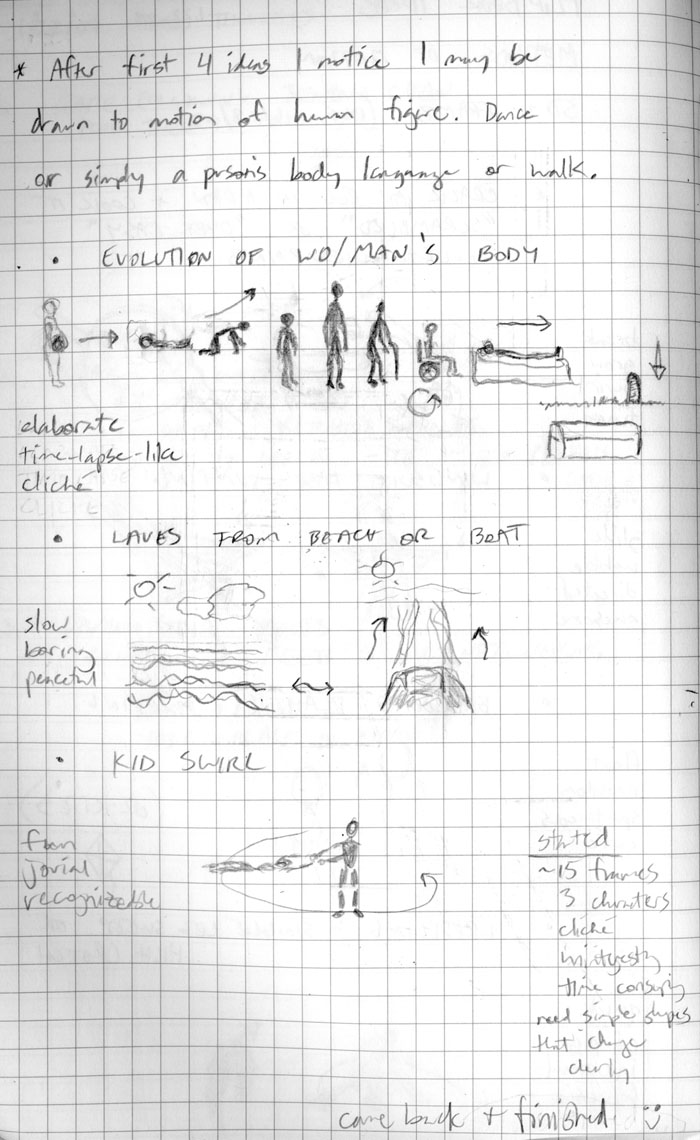My first thesis group meeting with Kevin Slavin of area/code was tonight. It was mentally stimulating and challenging overall, which is ideal I think. We’re having a follow-up later this week. I’m glad, because I could use more feedback on my initial thoughts (below).
CONTEXT
In brainstorming for a thesis project, it seems natural to consider my immediate life and environments as the context. As a young adult living in a major US city, I find myself hustling to maintain balance. When I say balance, I’m referring to maintaining healthy social relationships, continuously learning and evolving my way of thinking, contributing professionally and creatively, improving my physical fitness level, personally reflecting, and basically keeping mental sanity. I think of myself as open-minded, laid-back, adaptable; a worker, a one-on-one communicator, and a dreamer. As such, it’s been challenging for me to focus on a single concept and go with it, even though I recognize that the thesis project is just one project among others. Several goals and user groups have generally driven my thesis thinking:
GOALS
Game + Play
Why? Game and play seem intuitively attractive to humans, and I think it’s a good place to start in terms of doing any project. I’ve had modest experience learning about game design and creating systems for play, and I’m motivated to start learning more about the game industry. Last year, I made two iterations of a Flash game, which was only partially satisfying. Since then, I have been inspired by Jenova Chen’s games, Flow and Cloud, and am currently reading Flow by Mihaly Csikszentmihalyi. I’ve also started to read Rules of Play by Katie Salen and Eric Zimmerman. PacManhattan, B.U.G., and other projects of “area/code” also pull me to the game side of things.
Global Application + Cultural Bridging
Why? I grew up as “a mixed kid” (aka biracial) in a pretty homogenous and uneventful town/suburb in Ohio, leaving me with very little “hometown” pride and a relatively unique perspective. I spent the next four years outside of Boston and the last five here in New York, which naturally expanded my perspective. My professional experiences at NYU tied directly to international programs and allowed me to stretch my awareness and exposure. A class at ITP (Hybridity and Globalization) and books such as the End of Poverty by Jeffrey Sachs and Making Globalization Work by Joseph Stiglitz have me thinking more deeply at the global level. The world is huge and diverse, but I’d like to undertake a thesis that helps connect divided groups and is universally applicable.
Generational bridging
Why? We lose valuable wisdom between generations due to a lack of positive communication and/or methods to store information. I believe children, adolescents, young adults, and elders, can learn a lot from each other. Traditions, stories, and languages should have well-designed processes and tools to help them survive over time. This topic is influenced by my girlfriend’s culture and language (Garifuna), my own family history and ancestral dialect (Toisanese), and positive relationships I’ve experienced with people who are significantly older and younger than me.
Quality of life
Why? Life is what we all experience, so I wonder why we don’t focus more on optimizing it. Linda Stone, who speaks about Continuous Partial Attention, is also a source of inspiration for this aim.
AUDIENCE
My peers + me
Why? Theoretically I know this group best, so I could design best for them.
Anyone detached from technology + the Internet
Why? We have these tools that enable progress. I wonder why we don’t try more to get everyone on the same playing field.
Parents
Why? Parents typically raise their children, who grow up and become the next generation, so addressing parents is a way of addressing education. Research has shown that “helicopter parents,” who hover over their children might limit their development or natural possibilities. “Empty-nesters” might feel stuck and could possibly use something to spark life up again.
POSSIBLE IDEAS
1. Make a game that follows Jenova Chen’s thinking, but more social. (research / prototyping)
Initially, this idea would allow me to continue learning about Flow Theory, other mental states, and game design, which I would want to do regardless of a thesis assignment. The first step would be to absorb as much foundation about games and play as possible. Next, I would need to play and critique as many games as possible in order to develop a concept for my own game. Finally, I would need to prototype and user test repeatedly.
2. Create an inventory system for an individual and/or household to organize personal possessions. (physical computing / code)
First, I would determine exactly which information should be stored. One application I have thought about is tagging each pair of sneakers in order to keep basic information such as brand, style, “age” and fashion patterns. Another potential application is tagging (or perhaps only scanning) every food item in the kitchen in order to have an instant list of needs for grocery shopping. This could be beneficial not only for busy individuals and families, but also seniors who may have others shop for them or limited opportunities to shop themselves. An additional purpose of this inventory would be for pushing available ingredients to the web for possible recipes, therefore giving the cook a method of discovery. To pursue this project, I would research the best method for scanning, possibly RFID or barcodes, and learn to use the devices. Then, I would refresh myself on MySQL and PHP and develop the database structure and front-end of the system.
3. Build a minimalist Facebook / Wikipedia hybrid to create a resource and community for languages, oral histories and folklore, and genealogy. (participatory / code)
This would serve as a space that for aiding in preserving cultures and give voices to silenced or isolated individuals and groups. Through the introduction of new connections with a specific foundation, the site would perhaps foster a spirit of empowerment and enable collaboration toward social justice. I would need to survey social networks, learn wiki best practices, build a prototype, and spread the word through as many channels as possible in order to observe interactions and implement feedback before the semester’s end.


